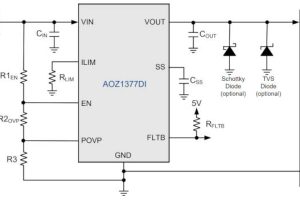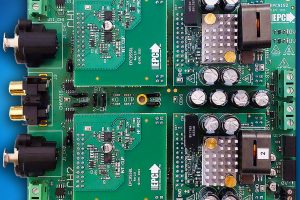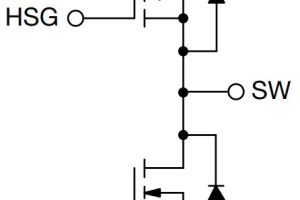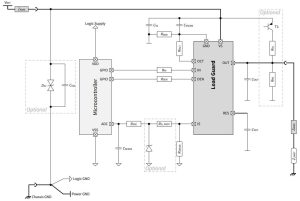
‘Load Guard 12V’ dual and single-channel are available with nominal current carrying of 2 or 3A, making four devices in total.
Without the host MCU getting involved, a pad is provided (OCT in diagram right) for an RC network that can modify the level and timing of current limitation above and below the nominal figure. “It avoids peak currents that endanger loads and provides fast fault isolation to the power distribution side in the event of overload conditions due to failures in loads,” said Infineon. In addition, current sensing is included for the host.
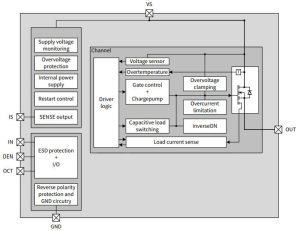 For loads with capacitive inputs, such as automated driving modules and displays, a capacitive load switching mode is provided “to charge several millifarads while remaining within the safe operating area”, said Infineon.
For loads with capacitive inputs, such as automated driving modules and displays, a capacitive load switching mode is provided “to charge several millifarads while remaining within the safe operating area”, said Infineon.
The internal control element is an n-channel mosfet, supplied from a charge pump to minimise forward drop. For situations where the output voltage rises briefly and pushes current back though the mosfet’s body diode, an internal auxiliary circuit can turn on the mosfet to reduce power dissipation – called ‘InverseON’ if you are trawling the data sheet.
The 2 and 3A parts have 90mΩ or 50mΩ (25°C) on resistance respectively. Both these resistances double at the maximum junction temperature of 150°C.
Operation is over 3 to 28 V, or when cranking an engine, down to 2.7V with higher on-resistance.
The devices are automotive qualified in accordance with AEC Q100 Grade1, and ‘ISO 26262-ready’ for functional safety applications – appropriate ISO 26262 documentation is available.
Packaging is 6 x 4.9mm gull-wing heat-pad PG-TS-DSO-14 .
Profet Guard Tool (via here) is available to supports evaluation with a given wire and load profile, and also calculates the correct over-current limit setting resistor value.
 Electronics Weekly Electronics Design & Components Tech News
Electronics Weekly Electronics Design & Components Tech News
